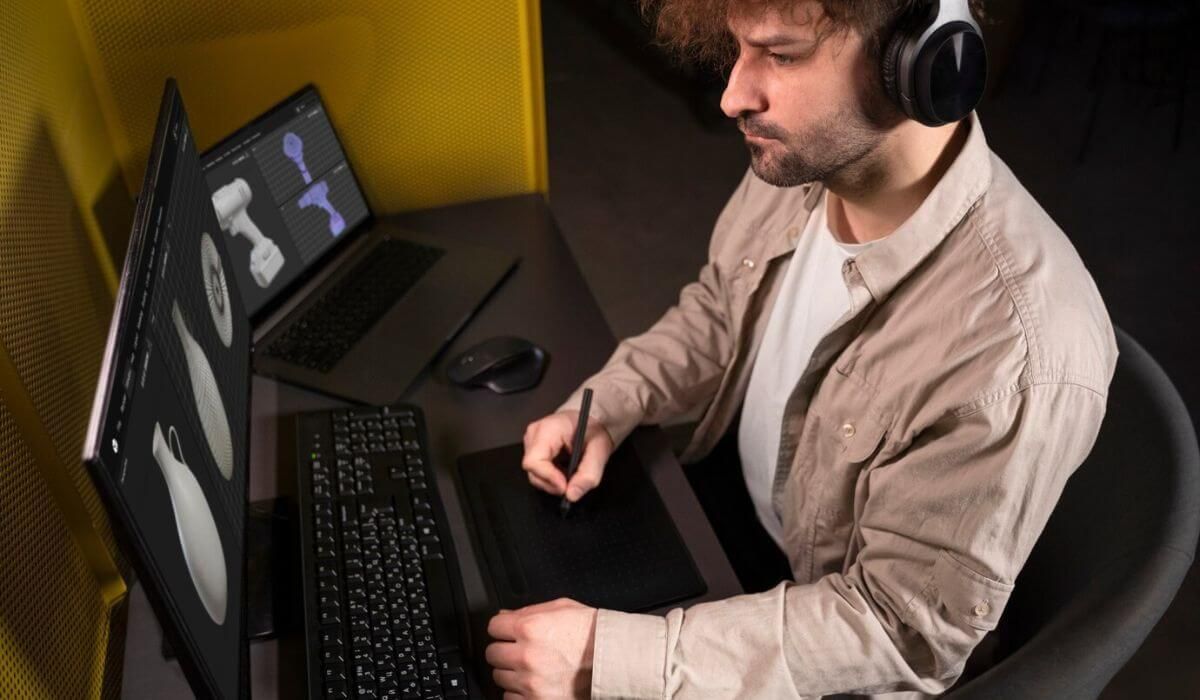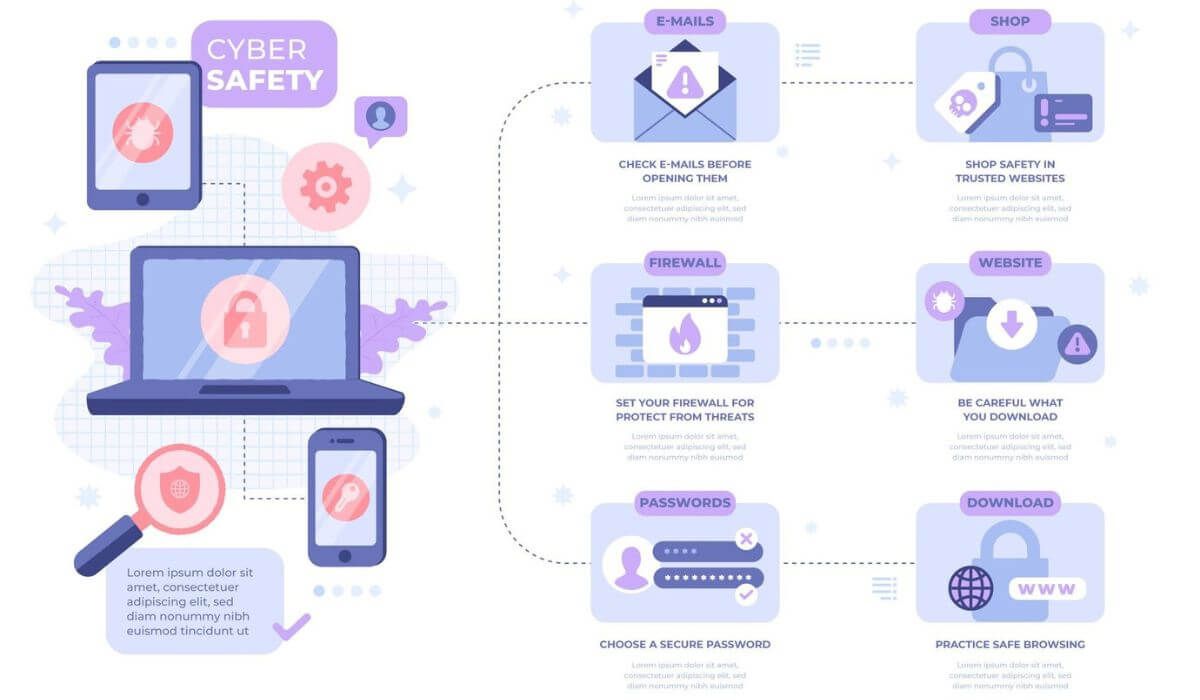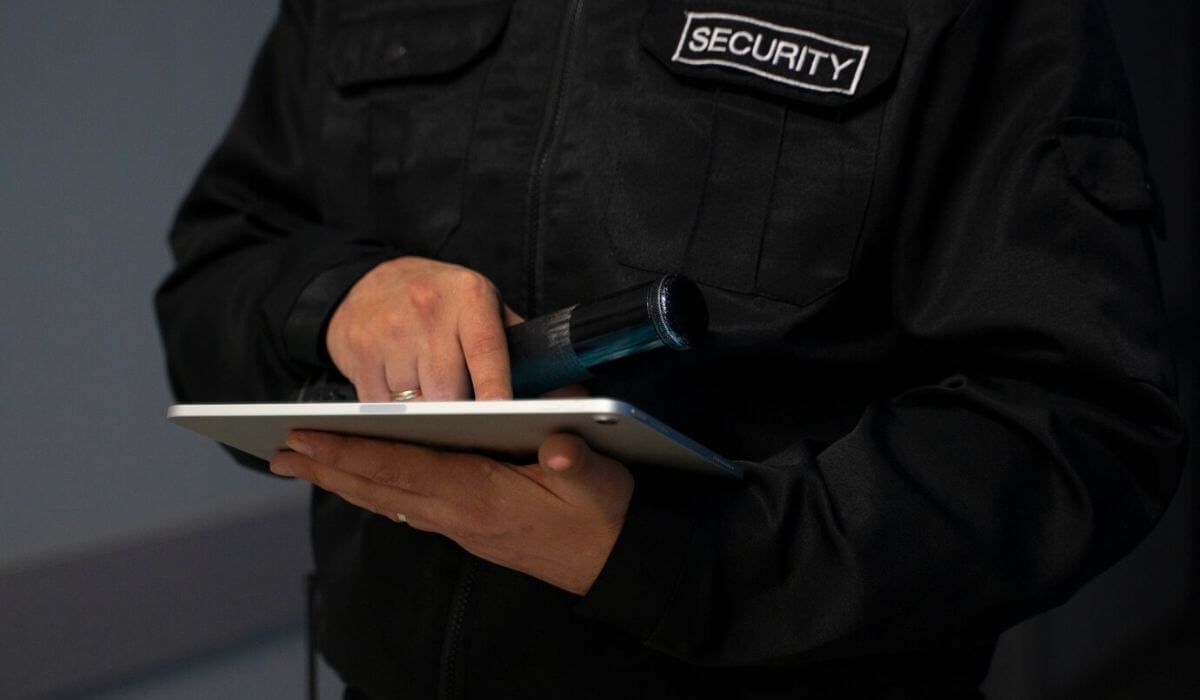What Is Digital Forensics and How Does It Work?
In our increasingly digital world, data is everywhere. From personal photos on our phones to complex financial transactions, our lives leave a digital trail. This trail can be invaluable in solving crimes, investigating cyberattacks, and recovering lost or corrupted information.
This is where digital forensics comes in. Just as
private investigators
gather intelligence in physical investigations, digital forensic experts analyze electronic evidence to uncover critical details. This article explores the fascinating field of digital forensics, explaining what it is, how it works, and its wide range of applications.
Understanding Digital Forensics
Digital forensics is the process of identifying, preserving, analyzing, and documenting digital evidence in a legally admissible manner. It involves using specialized tools and techniques to extract information from various digital devices, such as computers, smartphones, servers, and storage media.
The goal is to reconstruct past events, identify perpetrators, and provide evidence that can be used in legal proceedings or internal investigations. It's a blend of technical expertise, investigative skills, and legal understanding, ensuring that digital evidence is collected and analyzed ethically and effectively.

The Digital Forensics Process
Digital forensics follows a structured process to ensure the integrity and admissibility of evidence. This process typically involves the following stages:
Identification
- Recognizing Potential Evidence: This stage involves identifying the digital devices and data that may contain relevant evidence. It requires a thorough understanding of the case and the types of data that might be relevant. For example, in a data breach investigation, potential evidence might include server logs, firewall logs, and employee workstations.
- Defining the Scope: Determining the scope of the investigation, including the specific devices and data to be examined. This is crucial for managing resources and ensuring that the investigation stays focused. A well-defined scope helps investigators avoid "scope creep" and ensures that the investigation is completed efficiently.
Preservation
- Isolating the Data: Preventing any changes to the original data by isolating the devices and media containing the evidence. This is crucial to maintain the integrity of the evidence. This might involve physically disconnecting devices from the network or using write-blocking tools to prevent any new data from being written to the device.
- Creating a Forensic Copy: Creating a bit-by-bit copy (also known as an image) of the original data, ensuring that the original evidence remains untouched. This copy is used for analysis, preserving the original data in its original state. Forensic imaging software ensures that the copy is an exact replica of the original data, including deleted files and other hidden information.
Analysis
- Examining the Data: Analyzing the forensic copy using specialized tools and techniques to extract relevant information. This may involve recovering deleted files, analyzing email communications, and examining system logs. Investigators might use keyword searches to find specific information, analyze metadata to determine when files were created or modified, or use data carving techniques to recover fragments of deleted files.
- Interpreting the Findings: Interpreting the extracted information to reconstruct past events and identify relevant patterns. This requires a deep understanding of digital systems and data analysis techniques. Investigators might piece together fragmented data to create a timeline of events, analyze network traffic to identify communication patterns or use data mining techniques to identify trends and anomalies.
Documentation
- Creating a Chain of Custody: Maintaining a detailed record of everyone who has handled the evidence, from the initial seizure to the final presentation in court. This is crucial to ensure the admissibility of the evidence. The chain of custody documentation should include the date and time of each transfer, the names of the individuals involved, and a description of the evidence.
- Preparing a Report: Document the findings of the investigation in a clear and concise report, including the methods used, the evidence found, and the conclusions drawn. The report should be written in a way that is easily understandable by both technical and non-technical audiences. It should include a summary of the findings, a detailed description of the evidence, and any supporting documentation.

Tools and Techniques Used in Digital Forensics
Digital forensics relies on a variety of specialized tools and techniques, including:
Imaging Software
Creating Forensic Copies: Software like FTK Imager, EnCase, and X-Ways Forensics is used to create bit-by-bit copies of digital media, ensuring the integrity of the original evidence. These tools often include write-blocking capabilities to prevent any changes to the source drive during the imaging process.
Data Recovery Tools
Recovering Deleted Files: Software like Recuva, R-Studio, and EaseUS Data Recovery Wizard is used to recover deleted files and data from various storage devices. These tools can often recover files even after they have been deleted from the Recycle Bin.
Analysis Tools
Examining Data: Software like Autopsy, The Sleuth Kit, and Volatility is used to analyze various types of digital data, such as email communications, web browsing history, and system logs. These tools can help investigators identify relevant information and reconstruct past events.
Mobile Forensics Tools
Analyzing Mobile Devices: Specialized tools like Cellebrite UFED and Oxygen Forensic Suite are used to extract data from mobile devices, such as smartphones and tablets. These tools can often bypass security measures to access deleted data and other hidden information.
Network Forensics Tools
Analyzing Network Traffic: Tools like Wireshark are used to capture and analyze network traffic to identify malicious activity. These tools can help investigators identify unauthorized access, data exfiltration, and other network-based attacks.

Applications of Digital Forensics
Digital forensics has a wide range of applications in various fields, including:
Law Enforcement
Investigating Crimes: Digital forensics is used to investigate crimes, from cybercrime to fraud to homicide. The challenges of solving complex digital cases are similar to the challenges private investigators face when handling intricate investigations, requiring both technical expertise and investigative intuition.
Corporate Investigations
Investigating Internal Misconduct: Digital forensics is used to investigate internal misconduct, such as employee theft, fraud, and data breaches. It can help businesses uncover the truth and take appropriate action. For example, digital forensics can be used to investigate allegations of employee theft by analyzing computer activity to identify unauthorized access to company funds or data.
How Private Investigators Assist with Data Breaches can also be an important aspect of corporate investigations, as they work alongside digital forensics experts to uncover security vulnerabilities and trace the source of a breach.
Cybersecurity
Responding to Cyberattacks: Digital forensics is crucial in responding to cyberattacks, helping to identify the source of the attack, assess the damage, and recover lost data. It can also help prevent future attacks by identifying vulnerabilities in the system. For example, digital forensics can be used to analyze malware to understand how it works and develop countermeasures or to identify the source of a phishing attack and prevent future attacks.
Legal Proceedings
Providing Evidence in Court: Digital evidence is increasingly used in legal proceedings, from criminal trials to civil lawsuits. Digital forensics ensures that this evidence is collected and presented in a legally admissible manner. For example, digital forensics can be used to authenticate digital signatures, recover deleted emails, or analyze computer logs to provide evidence in court.

Benefits of Digital Forensics
Digital forensics offers several key benefits:
Recovering Lost Data
Retrieving Crucial Information: Digital forensics can help recover lost or deleted data, which can be crucial for businesses and individuals.
Identifying Perpetrators
Uncovering Criminal Activity: Digital forensics can help identify perpetrators of cybercrimes and other illegal activities.
Protecting Sensitive Information
Preventing Data Breaches: Digital forensics can help identify vulnerabilities in systems and prevent data breaches.
Ensuring Legal Admissibility
Providing Evidence in Court: Digital forensics ensures that evidence is collected and presented in a legally admissible manner.
FAQs about Digital Forensics
How much does digital forensics cost?
The cost of digital forensics varies depending on the complexity of the case, the amount of data to be analyzed, and the expertise of the forensic investigator. It's best to obtain a detailed quote from a qualified digital forensics professional.
How long does a digital forensics investigation take?
The duration of a digital forensics investigation depends on the nature of the case and the amount of data to be analyzed. Some investigations may be completed in a few days, while others may take several weeks or even months.
What is the difference between digital forensics and cybersecurity?
Digital forensics focuses on investigating digital incidents and recovering digital evidence, while cybersecurity focuses on preventing digital incidents from occurring in the first place. However, the two fields are closely related and often work together.
How can I become a digital forensics professional?
There are various educational paths to becoming a digital forensics professional, including degrees in computer science, cybersecurity, and digital forensics. Certifications, such as the Certified Digital Forensics Examiner (CDFE), can also enhance your credentials.
Digital forensics is a critical field that plays a vital role in our increasingly digital world. From law enforcement to corporate investigations to cybersecurity, digital forensics helps uncover the truth, protect sensitive information, and ensure justice. As our reliance on digital technology continues to grow, the importance of digital forensics will only increase.


